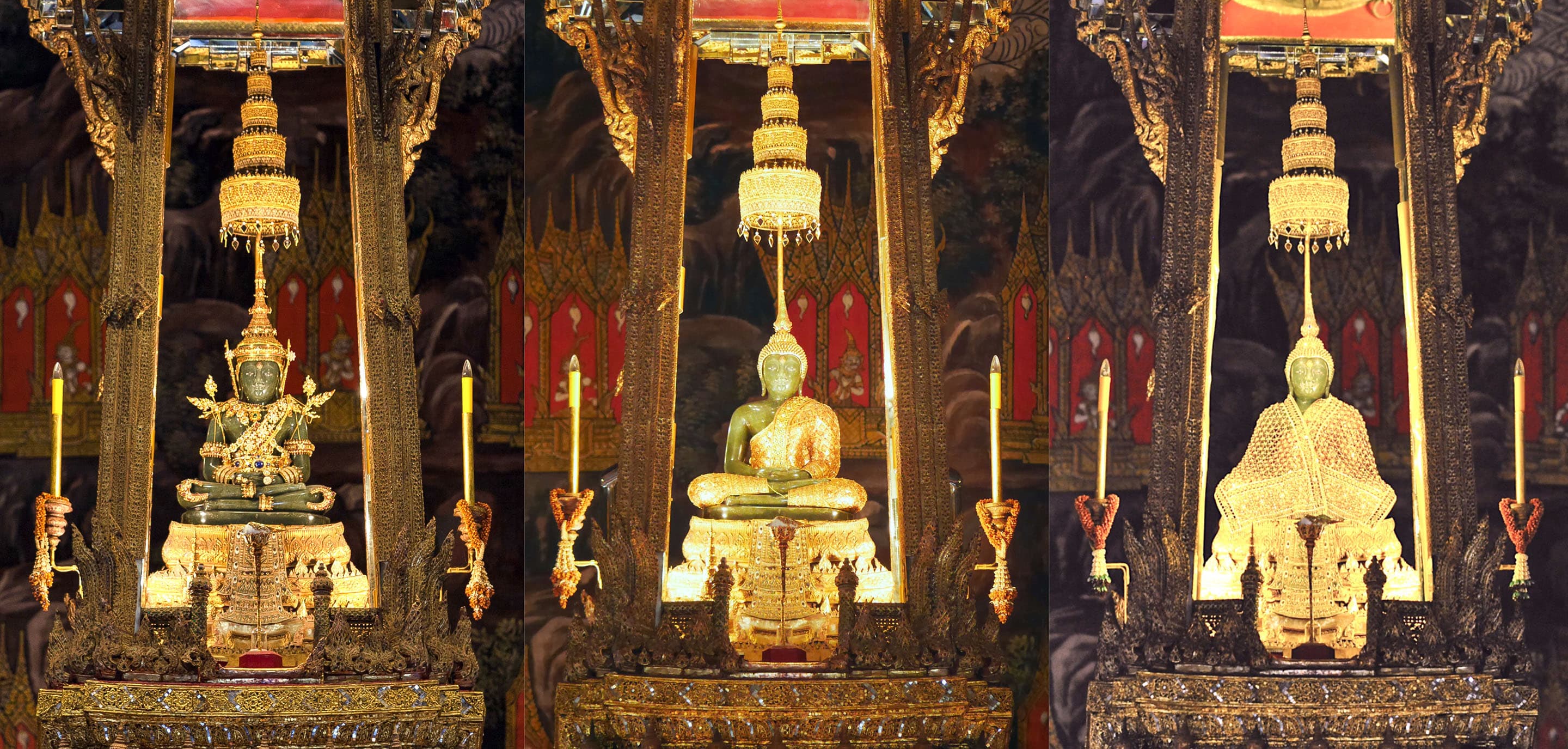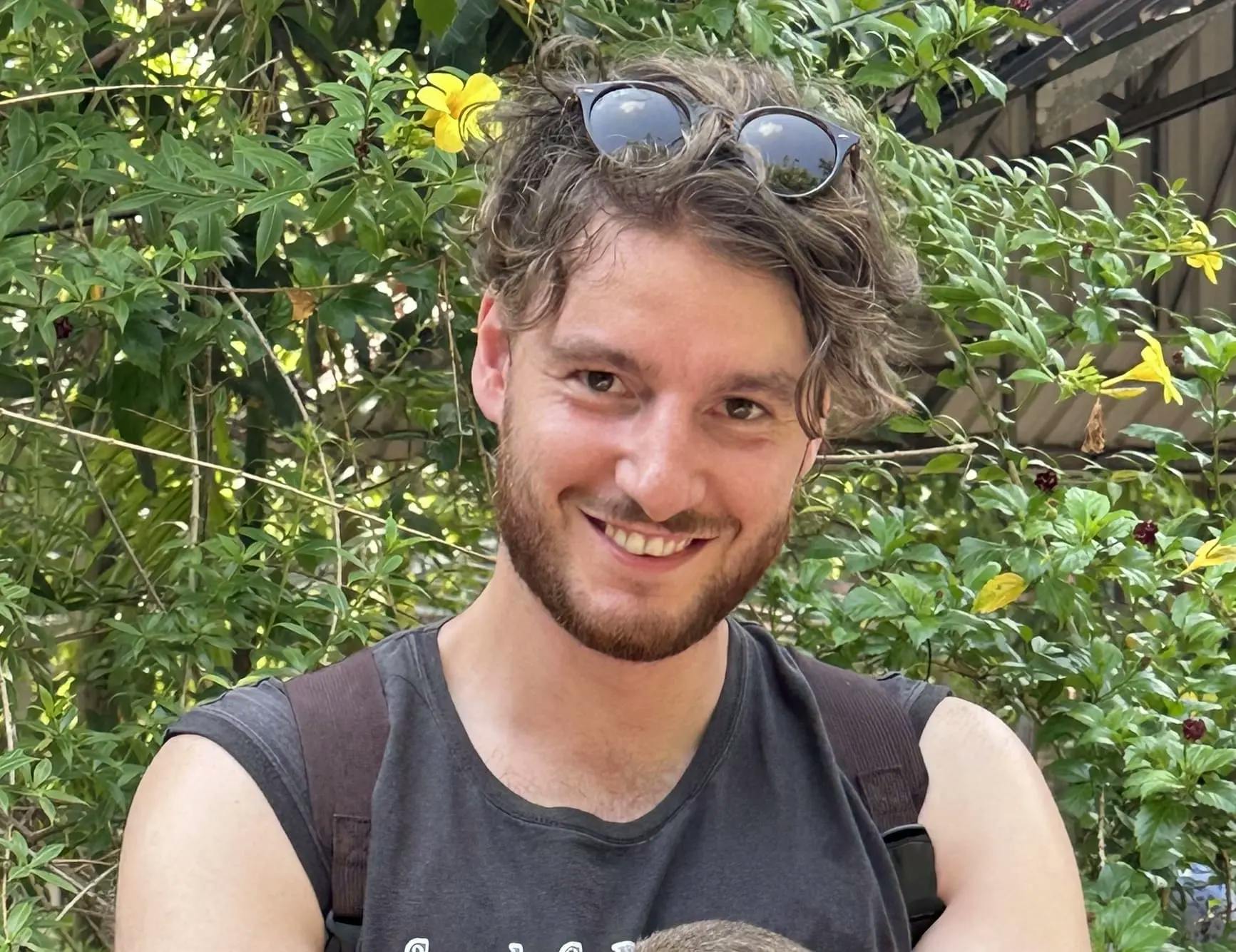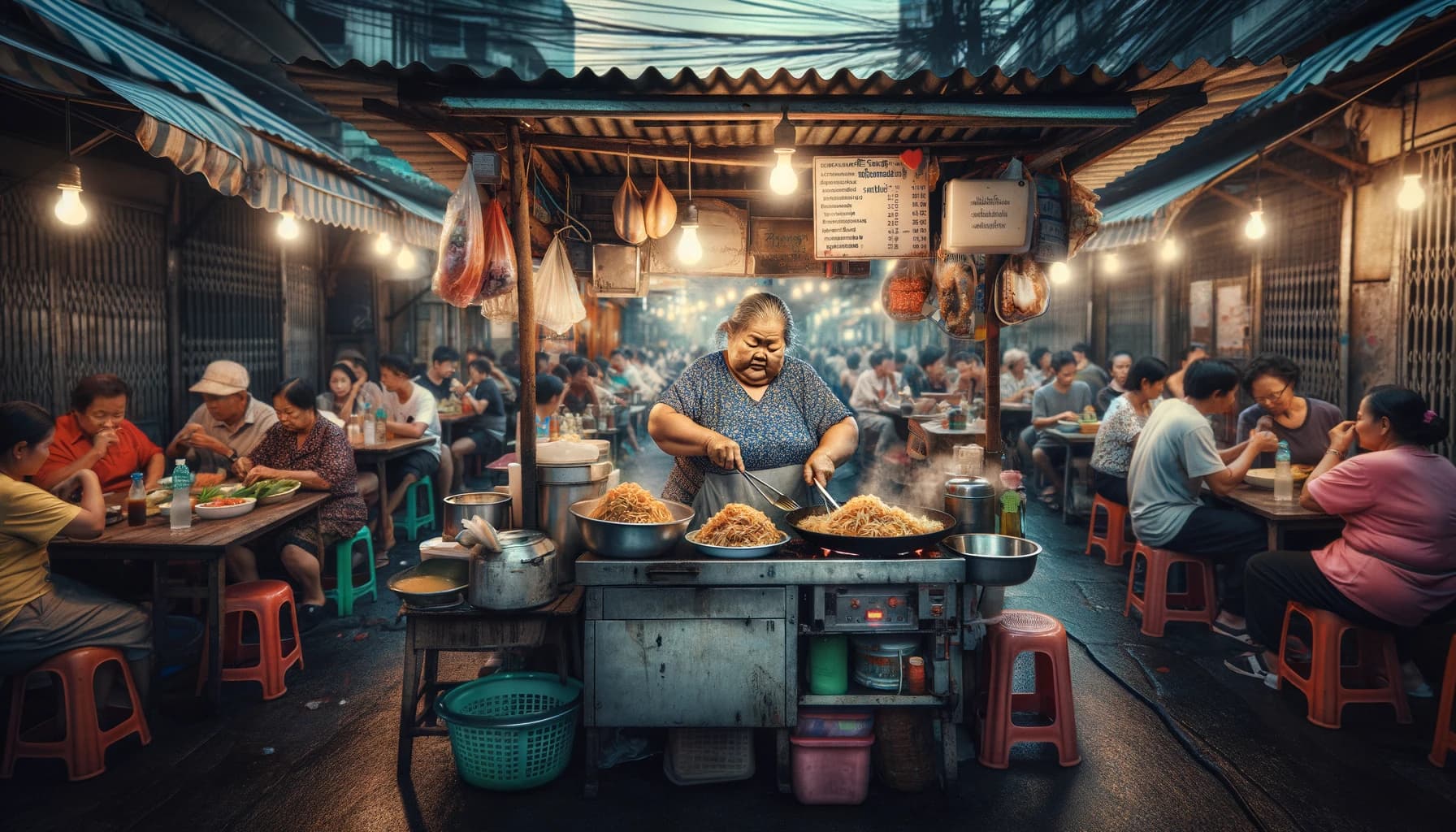The Emerald Buddha, also known as Phra Phuttha Maha Mani Rattana Patimakon, has left a trail of mystery and awe throughout history. It is only 26 inches tall and 18 inches wide, this intricately detailed statue is an amazing work of ancient craftsmanship. Its green jade glows drawing millions of Buddhists and tourists to admire its spiritual importance at Wat Phra Kaeo temple in Bangkok.
The Emerald Buddha has been believed to bring prosperity to those who possess it, making it a tempting prize for kings and rulers across the region of Siam. As with many ancient artefacts, the age of the Emerald Buddha adds to its importance. Buddhists believe that the older a Buddha image is, the more powerful it becomes.
Origins
The exact origins of the Emerald Buddha remain unknown and there are confusing myths and legends surrounding its story. Its journey, however, proves how spirituality and the human quest for divine connection can go on for centuries. Its travels have taken it from the ancient city of Pataliputra in India, where it was said to have been sculpted by the sage Nagasena in 43 BCE, to Sri Lanka and Cambodia, where it may have been kept in Angkor Wat temple.
When the Thais attacked Angkor Wat in 1432, the Emerald Buddha was taken to Ayutthaya before eventually reaching Chiang Rai, where it was hidden by the ruler of the city until its discovery in 1434.[1]
Initial journey through Northern Thailand
Apparently, in 1434, a lightning strike hit Wat Pa Yeah temple causing some plaster to crack and flake off, the hidden Buddha of emerald green was then revealed. The discovery was made by a monk named Phra Keo who brought to life once again.
Upon hearing the news, King Samfangkaen of Lan Na, who ruled the northern region, wanted to bring the emerald statue to Chiang Mai. He sent an elephant to retrieve the statue and bring it to Chiang Mai. However, on its way back, when it reached a crossroads, the elephant turned towards Lampang instead of Chiang Mai. After three attempts, it was decided to let fate take its course, and let the statue be taken to Lampang.[2] The statue was here in Wat Phra Kaeo Don Tao for 32 years.
In 1468, the king of Chiang Mai died and his successor ordered the Emerald Buddha to be brought to the capital city, which in those days was Chiang Mai. This time, it seemed the statue's guardian spirits were agreeable, and the Buddha was successfully brought to Chiang Mai and installed at Wat Chedi Luang.[3]
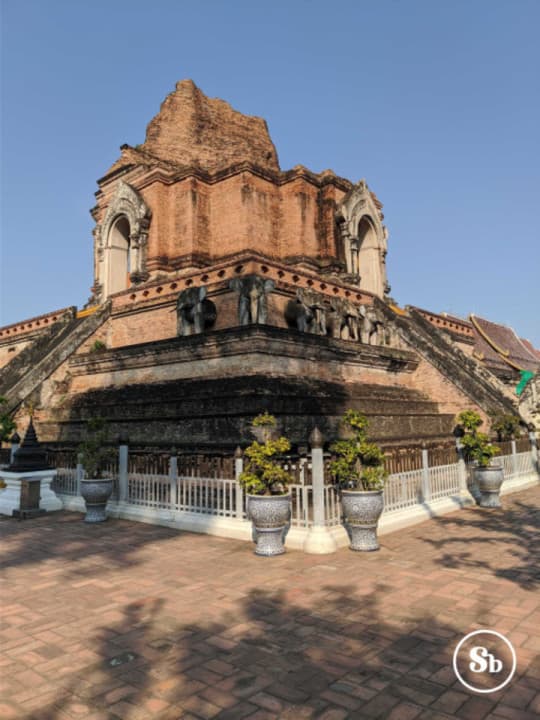
Wat Chedi Luang, Chiang Mai
View of Wat Chedi Luang, Chiang Mai
A long stay in Laos
In 1546, the King of Chiang Mai, who was in possession of the Emerald Buddha, died without an heir to the throne. One of his daughters had married the King of Luang Prabang, in present-day Laos, and bore him a son, Chao Setthathirath. As there was no descendant of the previous king, high-ranking officials and Buddhist monks unanimously agreed to offer the throne to Setthathirath, who assumed the rule of Chiang Mai.[4] In 1551 Chao's father passed away in Luang Prabang, so Setthathirath decided to move there, bringing the Emerald Buddha with him. He claimed that taking it to Luang Prabang would allow his relatives the opportunity to also venerate the jade statue. They were both was only meant to stay in Luang Prabang for a short period of time, but neither the king nor the statue ever returned to Chiang Mai.
In Luang Prabang, the statue resided in the Royal Palace for 12 years. In 1563, the king felt threatened after the Burmese took Chieng Saen, northeast of Chiang Mai, and moved dangerously close to position where they could easily make an armed attack down the Mekong River. As a result, he decided to move to Viang Chan (Vientiane), currently the capital of Laos. Setthathirath built a new temple Haw Phra Kaew, which housed the Emerald Buddha for over 200 years. During this time it was considered the most sacred object in Laos. and it became a symbol of Lao independence and was often used in the coronation ceremonies of Lao kings.
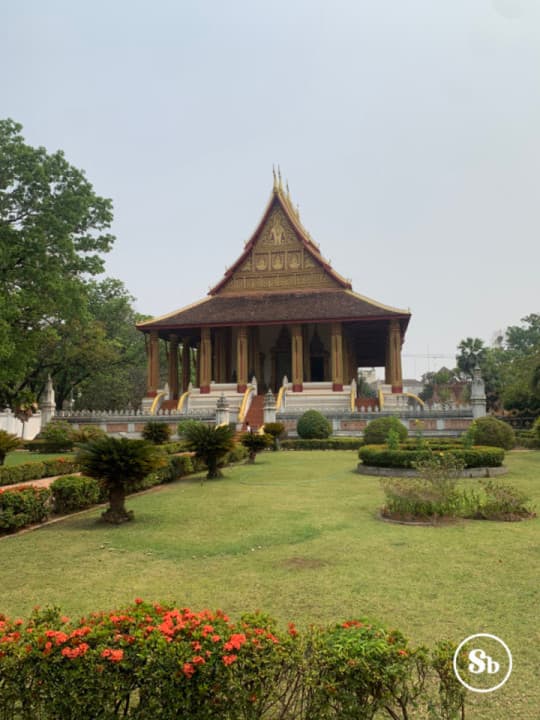
Former temple of Haw Phra Kaew, Vientane
The Emerald Buddha reaches its final destination
In 1779, King Taksin of Siam decided to invade Vientiane with an army led by his top general Chao Phraya Chakri. The invasion was successful and the army brought back the Emerald Buddha to Thonburi, the capital of the Siam empire at the time, and now an area in today's Bangkok. The Emerald Buddha was kept in a building near Wat Arun until Taksin's death.
In 1782, a coup led by Phraya San took place, resulting in King Taksin's surrender to the rebels without mcuh resistance. Chao Phra Chakri was fighting in Cambodia at the time but promptly returned to the capital upon hearing of the coup. He restored order through arrests, investigations and punishments and then decided to put the deposed King Taksin to death for betraying the kingdom by surrendering and failing to defend the kingdom.[5]
After seizing control of the capital, Chao Phraya Chakri declared himself king and assumed the title of King Rama I. This marked the beginning of the Chakri dynasty, which, to this day, still reigns in Thailand with King Rama X as the current monarch. In 1782, King Rama I moved the capital from Thonburi to Bangkok, across the river, to better protect the city from potential Burmese attacks. He ordered the construction of the grand temple of Wat Phra Kaew (also known as Wat Phra Sri Ratanasasdaram), this was to house the Emerald Buddha, as well as the construction of the Grand Palace, which became the new residence of the royal family. To celebrate this significant occasion, King Rama I held a three-day festival, after which he renamed the capital city Krung Thep Mahanakhon Amon Rattanakosin Mahinthara Ayuthaya Mahadilok Phop Noppharat Ratchathani Burirom Udomratchaniwet Mahasathan Amon Piman Awatan Sathit Sakkathattiya Witsanukam Prasit, a name which is still used today in a shortened form as Krung Thep Maha Nakhon (Bangkok).[6]
As the Emerald Buddha reached its final destination, its long and fascinating journey came to an end. From the jungle to the bustling city of Bangkok, having almost travelled through time and space, did this sacred Buddha bless every place it visited with prosperity and grace?
The spirit of the Buddha's teachings seems to emanate from the precious jade, filling the hearts of worshipers with peace and enlightenment. It is a reminder of the importance of spirituality in the Southeast Asian region, an area where religion seems to reach another level of profane. The Emerald Buddha has found its home, and with it, it brings a message of resilience to all who seek it. Will it continue to shine its light on the world for generations to come?
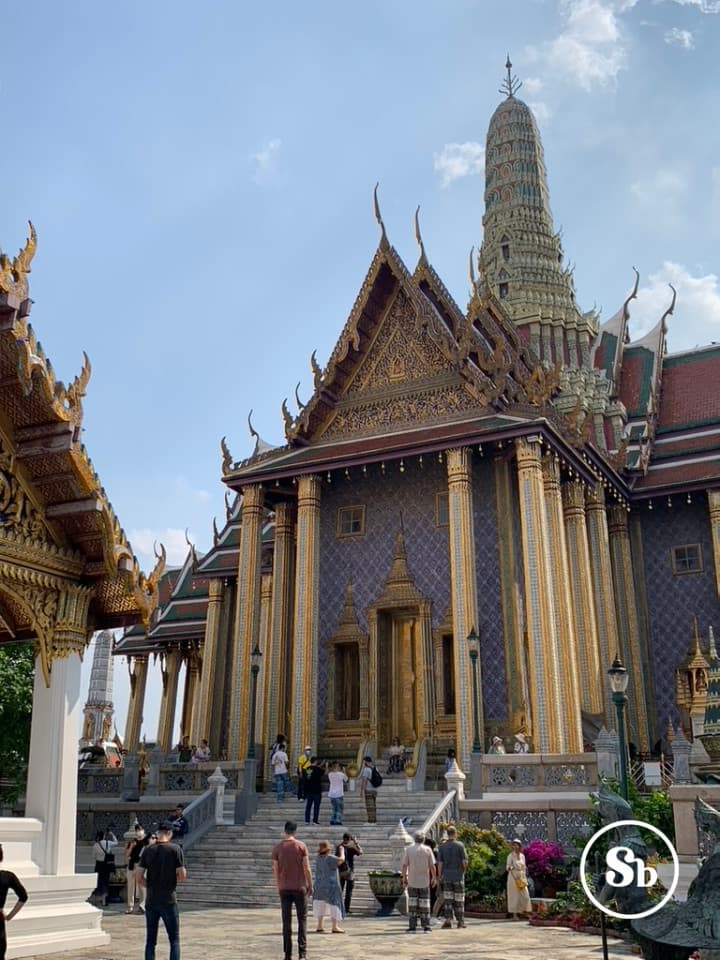
Wat Phra Kaew
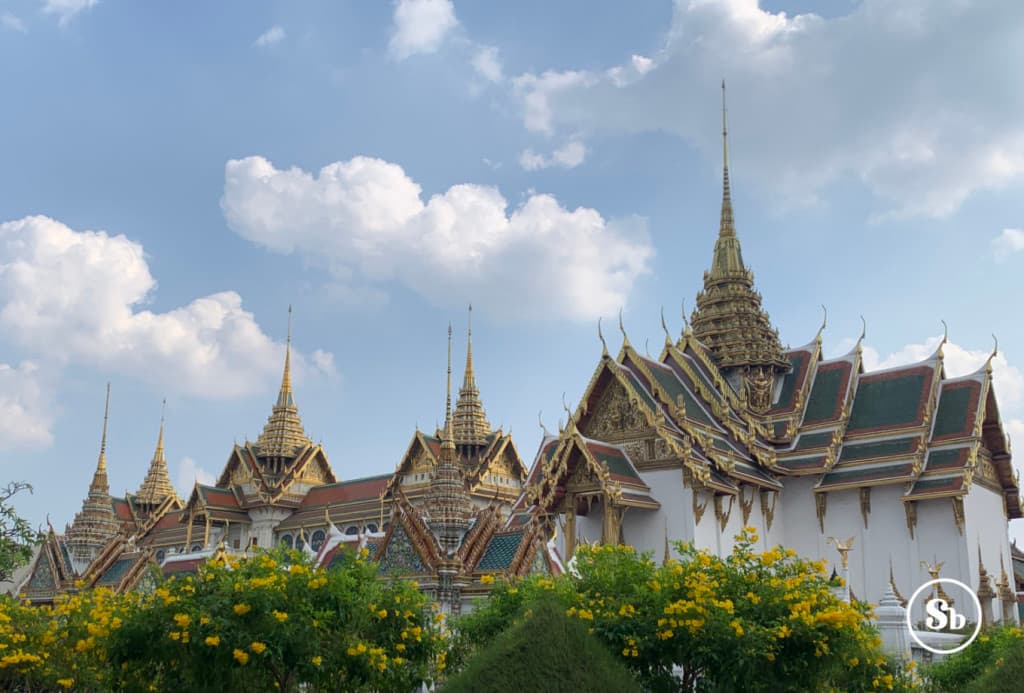
Royal Palace, Bangkok
